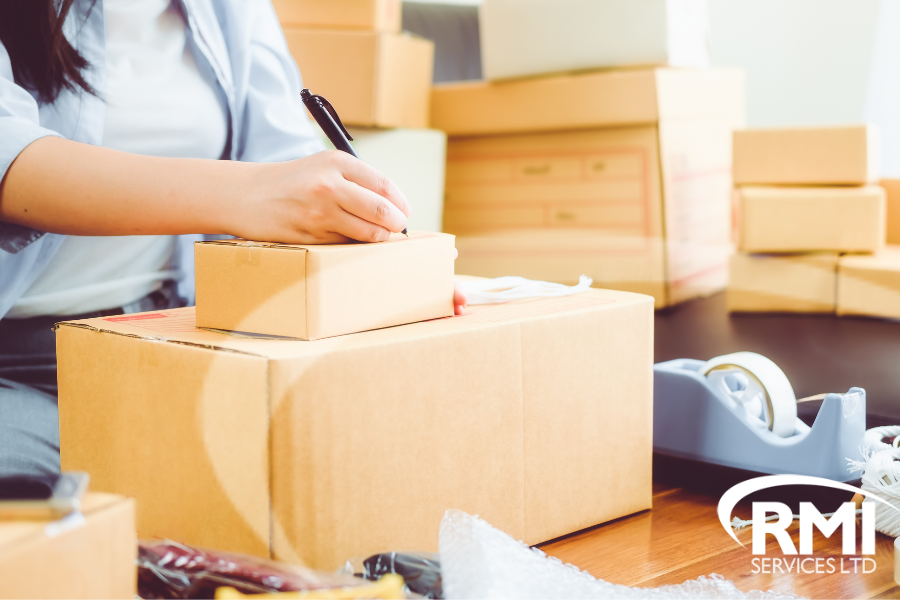If you’re running a growing eCommerce business in the UK, handing over your fulfilment to a third-party logistics (3PL) provider can seem like the perfect next step. It’s meant to save you time, reduce overheads, and help you scale. But the reality? For many brands, it doesn’t live up to the hype.
3PL partnerships fail more often than most businesses care to admit. Misaligned expectations, poor communication, and inflexible contracts can lead to missed deliveries, unhappy customers, and strained operations.
So, why do so many 3PL relationships go wrong—and how can you avoid the same fate?
The Top Reasons 3PL Partnerships Fail
- Misaligned Expectations
Many eCommerce businesses dive into 3PL contracts assuming all providers offer the same level of service. But expectations around SLAs (service level agreements), tech capabilities, returns handling, and communication aren’t always clearly aligned at the start.
Fix it: Set detailed service expectations before signing anything. Define metrics like order accuracy, dispatch times, returns handling, and communication protocols. Get it in writing.
- Lack of Integration or Tech Incompatibility
Without proper system integration, order processing, stock levels, and tracking updates fall out of sync—causing missed shipments or overselling.
Fix it: Ensure your 3PL can integrate directly with your eCommerce platform (Shopify, WooCommerce, Amazon, etc.) and warehouse management system (WMS). Ask to see live demos and client references.
- Poor Communication and Support
Some 3PLs provide little visibility into what’s happening in their warehouse. If something goes wrong, you might not hear about it until your customers start complaining.
Fix it: Choose a 3PL that offers a dedicated account manager, regular performance reporting, and clear escalation procedures. Responsiveness is key.
- Inflexible Services
As your business grows or changes (e.g. adding new products or entering international markets), your fulfilment needs evolve. Many 3PLs aren’t equipped to pivot with you.
Fix it: Look for a scalable provider with flexible services—like international fulfilment, returns processing, and value-added services (kitting, bundling, custom packaging).
- Hidden Costs and Unclear Pricing
Unexpected storage fees, pick/pack surcharges, or minimum order charges can turn a cost-saving exercise into a cash drain.
Fix it: Ask for a full pricing breakdown upfront. Understand what’s included and what counts as an extra. Negotiate transparent terms and check for minimums or penalties.
How to Choose the Right 3PL for Your eCommerce Business
✅ Step 1: Define Your Needs Clearly
List out what you need now and in the next 12–18 months. Consider:
- Monthly order volume
- Product types and sizes
- Required delivery speeds
- Returns handling
- Custom packaging needs
- International shipping plans
✅ Step 2: Vet Based on Capability, Not Just Cost
Price matters, but reliability matters more. A cheaper 3PL that loses orders costs more in refunds, lost customers, and stress.
Request:
- Client references in your industry
- Tour of the facility (in person or virtual)
- Examples of how they handled growth or issues with other clients
✅ Step 3: Test with a Trial Period or Limited Rollout
Start small. A pilot phase can help you gauge performance before handing over all operations.
Track:
- Order accuracy
- Fulfilment speed
- Communication
- Customer feedback
✅ Step 4: Review Performance Regularly
Don’t “set and forget” your 3PL. Set up monthly or quarterly reviews to evaluate KPIs, discuss challenges, and refine the process.
—–
At RMI, we specialise in eCommerce fulfilment that actually delivers on its promises. Whether you’re scaling up, struggling with late dispatches, or just tired of hidden fees, we offer flexible, transparent 3PL solutions tailored to UK-based businesses. Our team becomes an extension of yours- focused on accuracy, speed, and keeping your customers happy. Ready for a fulfilment partner that won’t let you down? Let’s talk.



